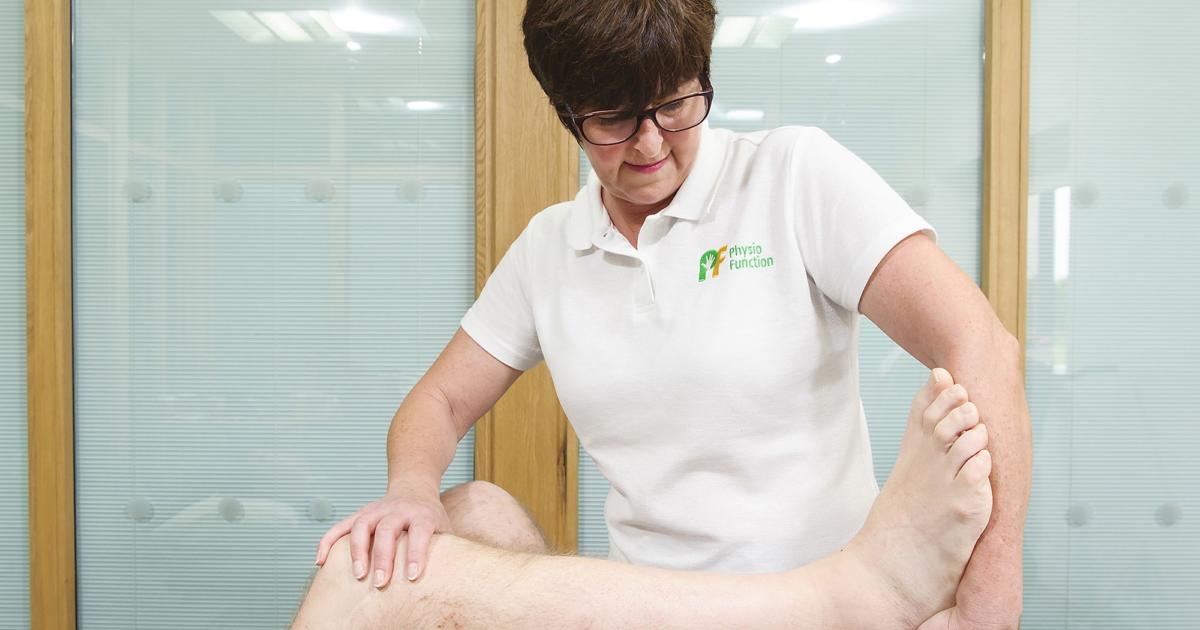What Is Physiotherapy?
Physiotherapy, also known as physical therapy, is a treatment method that aims to relieve pain, improve mobility, increase range of motion, and enhance a patient's quality of life. Physiotherapy can be used for both acute and chronic injuries and illnesses. For example, doctors may recommend it for patients recovering from joint replacement or other orthopedic operations, and the therapy is also helpful for individuals with cerebral palsy and other conditions that may reduce the function and mobility of the limbs. Patients who believe they would benefit from physiotherapy can choose to see a physical therapist directly, as there is not normally a need to obtain a physician's referral. Most patients have physiotherapy sessions for several months, and the therapist teaches the patient specific exercises to perform in between treatment sessions.
Where Do Physiotherapists Work

In 2018, thirty-three percent of physiotherapists worked in health clinics, including physical therapy centers, audiology centers, and centers for occupational and speech therapy. Over that same period, twenty-six percent of physiotherapists worked in hospitals. Others worked in nursing homes and rehabilitation centers. In addition to work in clinics, hospitals, and other healthcare settings, some physiotherapists provide in-home therapy sessions for patients who are housebound or recovering at home after surgery.
Physiotherapists can also be self-employed and provide therapy sessions through private practice. Physiotherapists who specialize in pediatric conditions may work in schools and provide in-school private sessions for children who need this service. Palliative care and hospice centers employ physiotherapists to help patients move in a way that minimizes pain, and therapists employed in these centers might assist in helping bedridden patients change position regularly to prevent pressure sores.
Problems Physiotherapy Treats

Physiotherapy is perhaps most well-known for its use in the treatment of musculoskeletal conditions and sports injuries. Physiotherapy exercises can help with symptom management, pain relief, and recovery for individuals who have back pain, knee injuries, and rotator cuff or other shoulder injuries. Patients frequently see a physiotherapist for treatment of upper limb conditions such as tendonitis, tennis elbow, carpal tunnel syndrome, and trigger finger. Physiotherapists may choose to specialize in the treatment of a certain patient population or certain medical conditions. For example, some specialize in pediatric care for children with cerebral palsy, developmental delays, or muscular dystrophy.
Physiotherapy is typically recommended as part of symptom management for cystic fibrosis, and patients with cardiopulmonary conditions such as chronic obstructive pulmonary disease might also be treated with physical therapy. Patients living with neurological conditions such as Parkinson's disease, multiple sclerosis, or traumatic brain injuries are treated by specialist physiotherapists, and physiotherapy is beneficial for the treatment of pelvic floor dysfunction, urinary incontinence, and lymphedema.
What Patients Can Expect

An initial physiotherapy session begins with a consultation and clinical assessment. The therapist will ask the client questions about their general health and symptoms. Next, the physiotherapist will assess the patient's injury or condition. They will touch any areas of concern to check for tenderness, swelling, or pain, and may also move the patient's joints to check their range of motion. After this assessment, the therapist will formulate a treatment plan with the patient. This typically includes a series of stretching exercises to lengthen and strengthen muscles, and patients might also be shown how to modify their movements to complete reaching or bending tasks with less pain.
Elastic bands, therapy balls, and foam rollers may be used as aids for proper posture during the session. Patients will be told to complete certain stretches at home in between therapy sessions, and the therapist will check on the patient's symptoms and pain at every visit. Depending on their training and area of expertise, some physiotherapists may incorporate massage, acupuncture, or ultrasound treatments into a session. Patients with minor injuries may be treated by a physiotherapist for a few weeks, and those with chronic conditions might attend sessions for many years.
How Physiotherapy Pairs With Other Treatments

Physiotherapy is often used in conjunction with occupational and speech therapies, especially for patients who have neurological conditions and for those recovering from surgery or participating in rehabilitation. When used in combination, these therapies help the patient regain maximum mobility and independence, and they also help reduce the risk of re-injury or future falls.
Physiotherapists who work in hospitals or nursing homes typically form part of the patient's healthcare team, and they attend meetings with the patient's doctors and other therapists to coordinate the most effective plan of treatment for the patient's needs. After the patient is discharged from the hospital, nursing home, or rehabilitation center, they may continue with physiotherapy several times a week at home or an outpatient center. Some patients can receive occupational, speech, and physical therapy at the same location.
Potential Risks

While physiotherapy is generally very safe and effective, there are some potential risks patients should discuss with their doctors and physiotherapist. The primary side effect patients experience during and after a physiotherapy session is discomfort. This could be felt as simply minor soreness after the session. Some specific exercises might also cause temporary pain during or after a particular movement, especially if the patient has not regularly moved part of their body for a prolonged period. Patients should always let their physiotherapist know if they are experiencing pain, and the physiotherapist will do everything they can to minimize this.
For example, the physiotherapist might be able to use a modified form of a particular exercise or move the patient's limb while they are in a lying or sitting position. Individuals having physiotherapy after a foot, knee, or hip operation have reduced strength in their lower limbs, and they are at an increased risk of falling during a treatment session. To minimize this risk, patients recovering from surgery often work with two physiotherapists in the same session; the therapists work together to help the patient sit up, stand, transfer, and walk.
